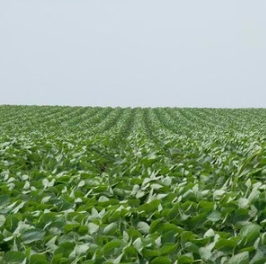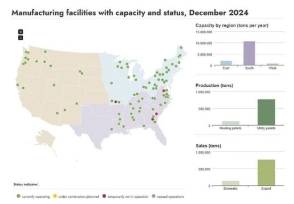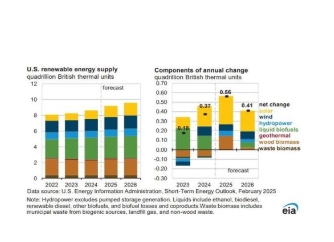
The monthly surveys included an eight-kilometre buffer area and took place using four planes along transects at 2.5-kilometre spacing.
The survey scope consisted of 330 hours of flight time across 4,050 square kilometres, larger than Angus and Fife combined, said OWFL.
So far, the team analysed over 16 million images following the survey and the data collected will be vital for understanding the distribution and habits of key ornithology and marine mammal species across the proposed floating wind farm’s array area and surrounding area, according to the developer.
“It will be used in compiling our final Environmental Impact Assessment report and inform how we can enter construction with the utmost attention and consideration of the important biodiversity which will continue to co-exist with Ossian”, said Holly Cartwright, Development Lead for Ossian.
Last year, the Ossian project completed a full geophysical and benthic survey of the project area. The data collected informed a review of the potential wind farm capacity.
Subject to undertaking the necessary further environmental and technical assessments, the site could be used to generate an increased capacity of up to 3.6 GW.
The OWFL is a consortium comprising SSE Renewables, Marubeni, and Copenhagen Infrastructure Partners (CIP) which won the development rights for the Scottish site last year.







